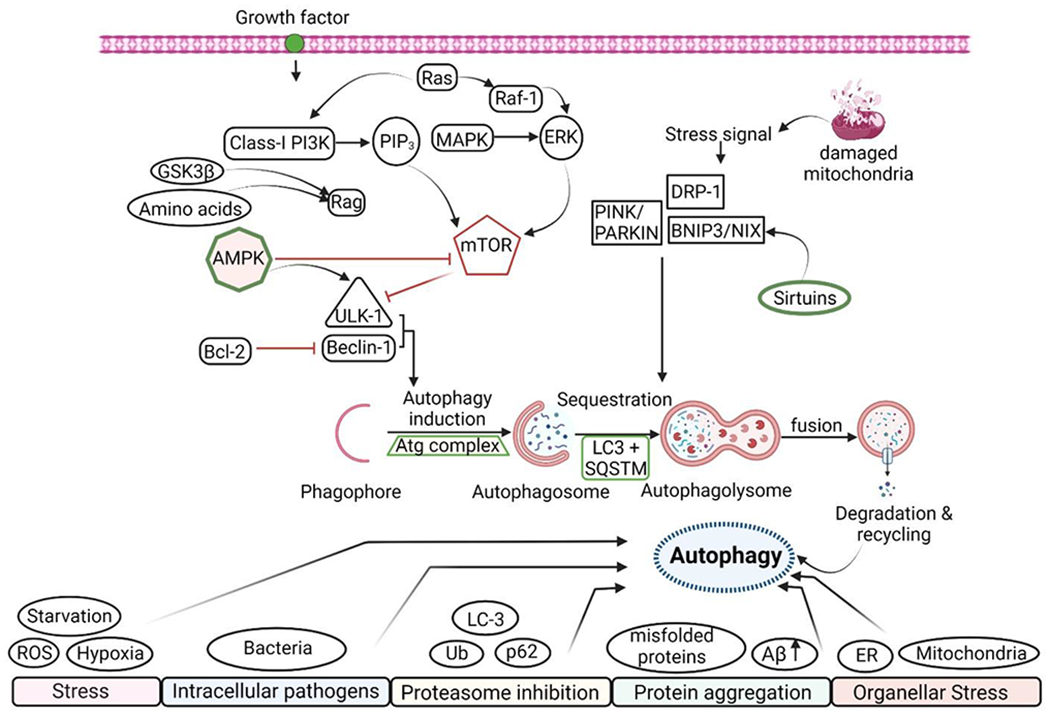Figure 3: Signaling pathways involved in the autophagy process.

Autophagy is a highly selective process triggered by extracellular and intracellular stress and signals such as growth factor shortage, nutrient scarcity, organellar stress, and pathogen infection. Growth factors can usually start the signalling cascade by activating Class-l PI3K, activating the ERK signalling pathway. These can act as a positive regulator of mTOR, a negative regulator of the autophagy process. AMPK is a central regulator of autophagy induction, suppressing mTOR activation and thus ULK-1 and Beclin-1 expression. The phagophore then binds to the Atg-complex, causing the autophagosome to be sequestered, resulting in the breakdown and removal of the damaged protein. Damaged mitochondria produce a stress signal that is controlled by Sirtuins and causes mitophagy to occur.
